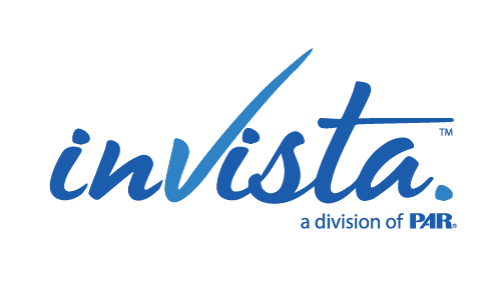In recognition of March being Women’s History Month, InVista is proud to offer a three-part series on women in the workplace. This is the second in our series of blogs investigating women in the workplace. Catch up on the first part here and the second part here.
InVista’s Women in the Workplace series shows that two things can be true. First, women are still fighting for equal rights and representation in the workplace. Second, transformational change is taking place in these spaces. But what does the future hold? The talent world is changing—so how can organizations and human resource professionals prepare for the next chapter?
We can’t predict the future, but we can look at how game-changing trends and data-driven approaches are making a difference. Join us as we explore how technology is disrupting hiring practices and helping to promote the next generation of women leaders.
AI hiring tools: Pros and cons
Undoubtedly, tech will continue to play a vital role in closing gender gaps in the workforce. For example, companies are increasingly relying on automation and artificial intelligence (AI) to eliminate human bias in finding talent. These tools show promise in providing more opportunities for qualified female candidates. But this technology still has a way to go.
The pros of AI
According to Inter-American Development Bank, organizations like the Public Employment Services labor system work to help markets achieve full employment around the globe. AI-based hiring tools are now assisting organizations like these by improving the match quality between job seekers and vacancies as well as making the system less biased and discriminatory. It does this by:
- Promoting greater inclusion for groups who experience discrimination in the labor market, such as women.
- Creating algorithms that address specific dimensions relevant to women candidates, such as whether the employee accepts remote work and other factors important to candidates.
Another advantage of AI hiring tools is their structure. Studies show that interviews are most predictive of job success when they are highly structured. With this in mind, AI-powered interviews are often one of many metrics prospective employers use to evaluate a candidate. An MIT Technology Review article states, “These [AI-powered interviews] systems may reduce bias and find better candidates than human interviewers do.” A report from the Harvard Business Review also cites, “It’s safe to assume that automating all unstructured and humanly-rated interviews would reduce bias and nepotism while increasing meritocracy and predictive accuracy.” However, these AI tools still need work.
A work in progress
The Inter-American Development Bank organization warns that AI does not automatically generate less discriminatory systems. It must be monitored so “algorithms remain neutral and transparent.” The organization also claims that if AI technology is not carried out prudently, the risk of widening gender gaps in the workforce will be greater. AI Policy Labs makes another key point and offers that although AI can bring positive change, AI design teams need to be diverse and inclusive to incorporate suggestions and views from all groups.
How research changes the future of hiring
To combat the limitations of AI-based hiring tools, the Inter-American Development Bank launched an innovation challenge, “Gender and Artificial Intelligence.” This hopes to identify and accelerate tech solutions based on AI that contributes to reducing bias and discrimination based on sex and gender.
A study co-authored by Shelley J. Correll, a Stanford Graduate School of Business professor, is also disrupting the future of hiring practices. The research highlights how and when managers’ beliefs about gender seep into their evaluations of workers. The team assessed whether there are gender differences in the language used to describe performance and the correlations between that language and numeric ratings. Using this technology, the team identified which employee behaviors managers noticed and which ones they rated highly.
The result? Findings show that poorly defined evaluation processes allow gender biases to shape performance evaluations. It also reveals that managers often perceive the same behaviors differently based on whether a man or woman engages in them. This kind of data-driven research disrupts hiring process and forces organizations to reimagine how evaluations should be conducted to reduce gender bias.
So how can HR professionals use the results from this study in the workplace? The study suggests, “Tying evaluations to performance, ensuring that the process is transparent, and holding managers accountable for reviews can reduce the likelihood of gender stereotypes influencing the process.”
Final thoughts
Our Women in the Workplace series suggests that much progress has been made regarding gender equality. But there is still a long road ahead. Companies and HR professionals must stop performative allyship and pivot to thinking bigger to truly create an equitable environment where women feel valued.
Transformation is possible, and advancements such as AI-based hiring tools, inclusion initiatives, research, and forward-thinking policies will all contribute toward creating an even playing field for women leaders today—and the next generation.
Learn more about how InVista can help your organization.


Recent Comments